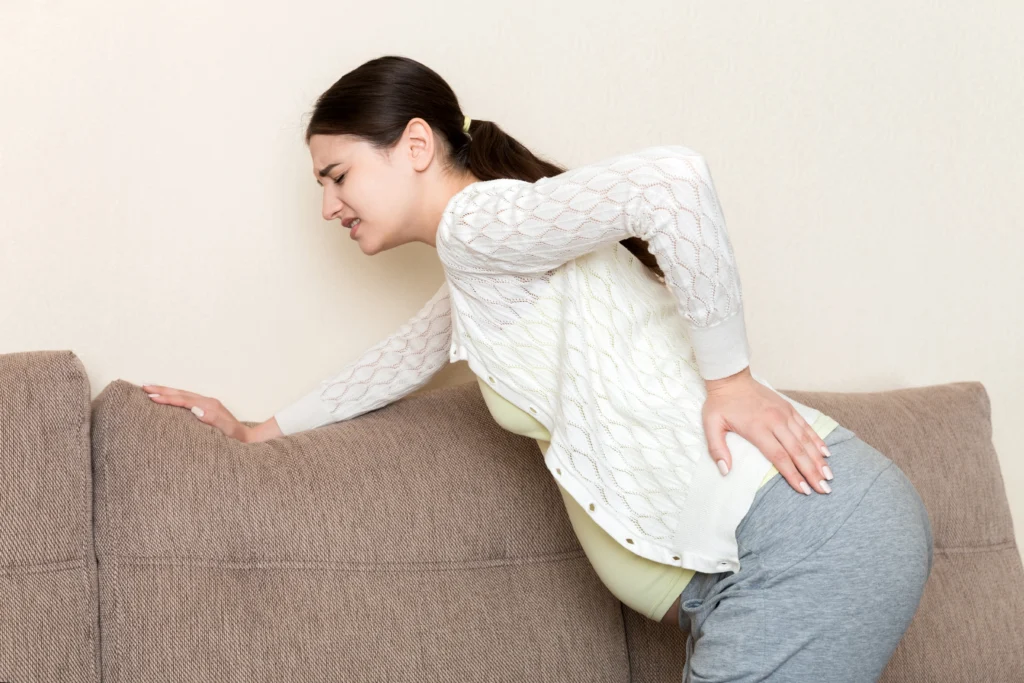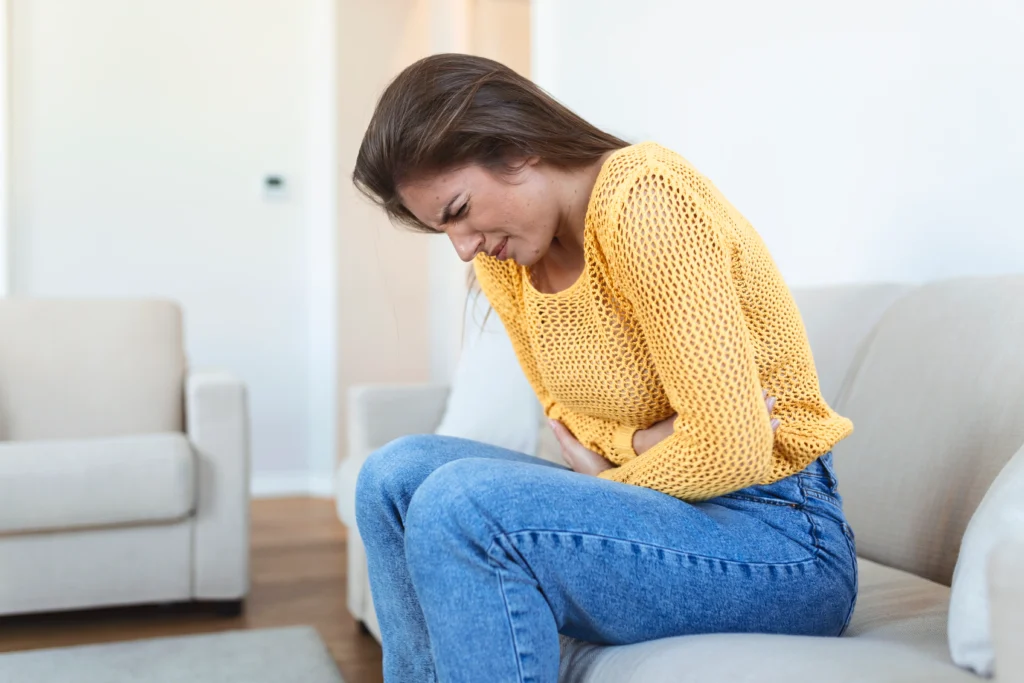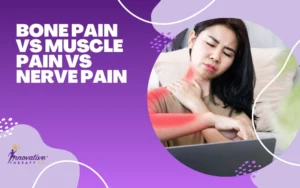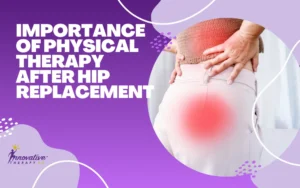Chronic Pelvic Pain Syndrome (CPPS) is a debilitating condition characterized by persistent pain in the pelvic region lasting for at least three months. It significantly impacts the quality of life of affected individuals, causing discomfort and often affecting daily activities. Treatment options for CPPS aim to alleviate symptoms and improve overall well-being. From medication and physical therapy to lifestyle changes and alternative therapies, a multidisciplinary approach is often employed to address the complex nature of CPPS.
Understanding the available treatment modalities and their potential benefits is crucial in managing this challenging condition effectively.
What Is Chronic Pelvic Pain Syndrome?
Chronic Pelvic Pain Syndrome (CPPS) is a condition characterized by persistent pain in the pelvic region lasting for at least three months. It affects both men and women and can be associated with a variety of symptoms, including discomfort in the lower abdomen, pelvic floor, genitals, or lower back. CPPS can significantly impact daily activities and quality of life, often leading to emotional distress and reduced physical function. The exact cause of CPPS is often unclear, making diagnosis and treatment challenging.
However, various factors such as muscle dysfunction, nerve sensitization, and psychological factors may contribute to its development.
Signs And Symptoms Of Chronic Pelvic Pain Syndrome

Chronic Pelvic Pain Syndrome (CPPS) presents with a range of signs and symptoms that can vary in severity and duration. Common indicators include persistent or recurrent pain in the pelvic region lasting for at least three months, which may be described as dull, achy, or sharp. Other Chronic Pelvic Pain Syndrome symptoms may include –
- Discomfort During Urination: Some individuals with CPPS may experience pain or burning sensations when urinating, similar to symptoms of a urinary tract infection.
- Pain During Or After Sexual Intercourse: Pelvic pain can interfere with sexual activity and may be exacerbated during or after intercourse.
- Lower Abdominal Discomfort: CPPS may manifest as generalized or localized pain in the lower abdomen, often worsening with prolonged sitting or physical activity.
- Pain In The Genitals Or Rectum: Individuals may experience discomfort or pain in the genitals, perineum, or rectum, which can be exacerbated by pressure or prolonged sitting.
- Urinary And Bowel Dysfunction: CPPS can also be associated with urinary urgency, frequency, or hesitancy, as well as bowel dysfunction such as constipation or diarrhoea.
- Emotional Distress: Chronic pelvic pain can have a significant impact on mental health, leading to feelings of frustration, anxiety, depression, or stress.
These signs and symptoms can vary from person to person and may fluctuate over time. Proper diagnosis and management by healthcare professionals are essential in addressing CPPS and improving quality of life.
Causes Of Chronic Pelvic Pain Syndrome

The exact causes of Chronic Pelvic Pain Syndrome (CPPS) are not fully understood, and it is often considered a multifactorial condition with various contributing factors. Some potential causes and risk factors include –
- Muscle Dysfunction: Pelvic floor muscle dysfunction, such as hypertonicity or weakness, may contribute to CPPS symptoms.
- Nerve Sensitization: Nerves in the pelvic region may become hypersensitive or dysfunctional, leading to pain amplification and chronic pelvic discomfort.
- Inflammation: Chronic inflammation in the pelvic area, possibly due to infections, autoimmune disorders, or previous trauma, can contribute to CPPS symptoms.
- Psychological Factors: Emotional stress, anxiety, depression, and past trauma may exacerbate pelvic pain symptoms or increase pain perception.
- Hormonal Imbalances: Fluctuations in hormone levels, such as estrogen and testosterone, may influence pelvic pain perception and sensitivity.
- Structural Abnormalities: Structural issues like pelvic floor abnormalities, pelvic organ prolapse, or scar tissue from previous surgeries can contribute to pelvic pain.
These potential causes can help healthcare providers develop personalized treatment plans to address CPPS Syndrome effectively.
Medical Treatment Of Chronic Pelvic Pain Syndrome

Medical treatment for Chronic Pelvic Pain Syndrome (CPPS) aims to alleviate symptoms, improve quality of life, and address underlying contributing factors. Treatment strategies may vary depending on the individual’s specific symptoms, medical history, and response to previous interventions.
Here are some standard medical treatment options for CPPS –
Medications
- Pain Relievers: Nonsteroidal anti-inflammatory drugs (NSAIDs) or acetaminophen may help reduce pelvic pain and inflammation.
- Muscle Relaxants: Medications like baclofen or cyclobenzaprine can alleviate pelvic muscle spasms and discomfort.
- Antidepressants Or anticonvulsants: Certain antidepressants (e.g., amitriptyline) or anticonvulsants (e.g., gabapentin) may help modulate pain signals and improve symptoms, especially in cases where psychological factors play a role.
Physical Therapy
- Pelvic Floor Physical Therapy: Specific exercises, manual techniques, and biofeedback training can help relax and strengthen pelvic floor muscles, improve muscle coordination, and reduce pain.
Nerve Blocks Or Trigger Point Injections
Injection of anaesthetics or steroids into specific pelvic floor muscles or nerve bundles can provide temporary pain relief and help identify potential pain triggers.
Neuromodulation
Transcutaneous electrical nerve stimulation (TENS) or sacral neuromodulation (interferential therapy) may help modulate pain signals and improve symptoms in some individuals.
Psychotherapy Or Counseling
Cognitive-behavioral therapy (CBT), mindfulness-based stress reduction (MBSR), or psychotherapy can help individuals manage pain, reduce stress, address psychological factors, and improve coping skills.
Medication Management
Working with a healthcare provider to adjust medication regimens, optimize pain management strategies, and monitor for potential side effects or drug interactions.
Alternative Therapies
Acupuncture, yoga, meditation, or relaxation techniques may provide additional symptom relief and improve overall well-being.
Surgical Interventions
In rare cases where conservative treatments fail to provide relief and identifiable structural abnormalities are contributing to symptoms, surgical interventions such as nerve decompression or pelvic floor surgery may be considered.
FAQ More About Chronic Pelvic Pain Syndrome
What Is The Best Medication For Pelvic Pain?
The best medication for pelvic pain depends on the underlying cause and individual factors. Nonsteroidal anti-inflammatory drugs (NSAIDs), muscle relaxants, or antidepressants may be prescribed based on the specific symptoms and diagnosis.
How long does CPPS last?
The duration of Chronic Pelvic Pain Syndrome (CPPS) varies among individuals. It can persist for months to years, with symptoms fluctuating in intensity over time. Treatment aims to manage symptoms and improve quality of life.
What Is Chronic Pelvic Pain Syndrome (CPPS)?
Chronic pelvic pain syndrome (CPPS) is characterized by persistent pain in the pelvic region lasting six months or more, often associated with conditions like prostatitis/chronic pelvic pain syndrome or endometriosis.
How Can CPPS Be Diagnosed at a Clinic?
Diagnosis of chronic pelvic pain syndrome (CPPS) typically involves a thorough examination at a specialized pelvic pain clinic, where healthcare professionals assess symptoms, perform relevant tests, and consider factors such as any pain in the pelvic region to determine the underlying cause.
What Treatments Are Available for CPPS?
Treatment options for chronic pelvic pain syndrome (CPPS) may include medication management, physical therapy, nerve blocks, and alternative therapies. These approaches aim to alleviate pain in the pelvic region and improve quality of life.
Can Endometriosis Contribute to Chronic Pelvic Pain Syndrome?
Yes, endometriosis is a common condition that can cause chronic pelvic pain syndrome (CPPS) due to the presence of abnormal tissue growth outside the uterus. Proper management and treatment of endometriosis can help alleviate symptoms of pelvic pain.
How Does Chronic Pelvic Pain Syndrome Affect Daily Life?
Chronic pelvic pain syndrome (CPPS) can significantly impact daily activities and quality of life, leading to discomfort, reduced mobility, and emotional distress. Effective management strategies are essential to address the physical and emotional aspects of living with pelvic pain.
Are There Specific Triggers for CPPS Flare-Ups?
Flare-ups of chronic pelvic pain syndrome (CPPS) may be triggered by various factors, including stress, hormonal changes, physical activity, and certain foods. Identifying and avoiding triggers can help minimize the frequency and severity of symptoms.
What Role Does Pelvic Floor Dysfunction Play in CPPS?
Pelvic floor dysfunction, characterized by abnormalities in the muscles, ligaments, and connective tissues of the pelvis, can contribute to chronic pelvic pain syndrome (CPPS). Physical therapy and targeted exercises are often recommended to address pelvic floor issues and alleviate symptoms.
How Can I Find Relief From CPPS-Related Pain?
Finding relief from chronic pelvic pain syndrome (CPPS) often involves a multidisciplinary approach tailored to individual needs. This may include a combination of medical treatments, lifestyle modifications, and holistic therapies to address any pain in the pelvic region and improve overall well-being.
Conclusion –
Discover relief from Chronic Pelvic Pain Syndrome (CPPS) with Innovative Therapy PC. Explore our comprehensive treatment options, including medications, physical therapy, and lifestyle modifications. Take the first step towards managing your symptoms and improving your quality of life. Contact Us today for personalized care and support.






